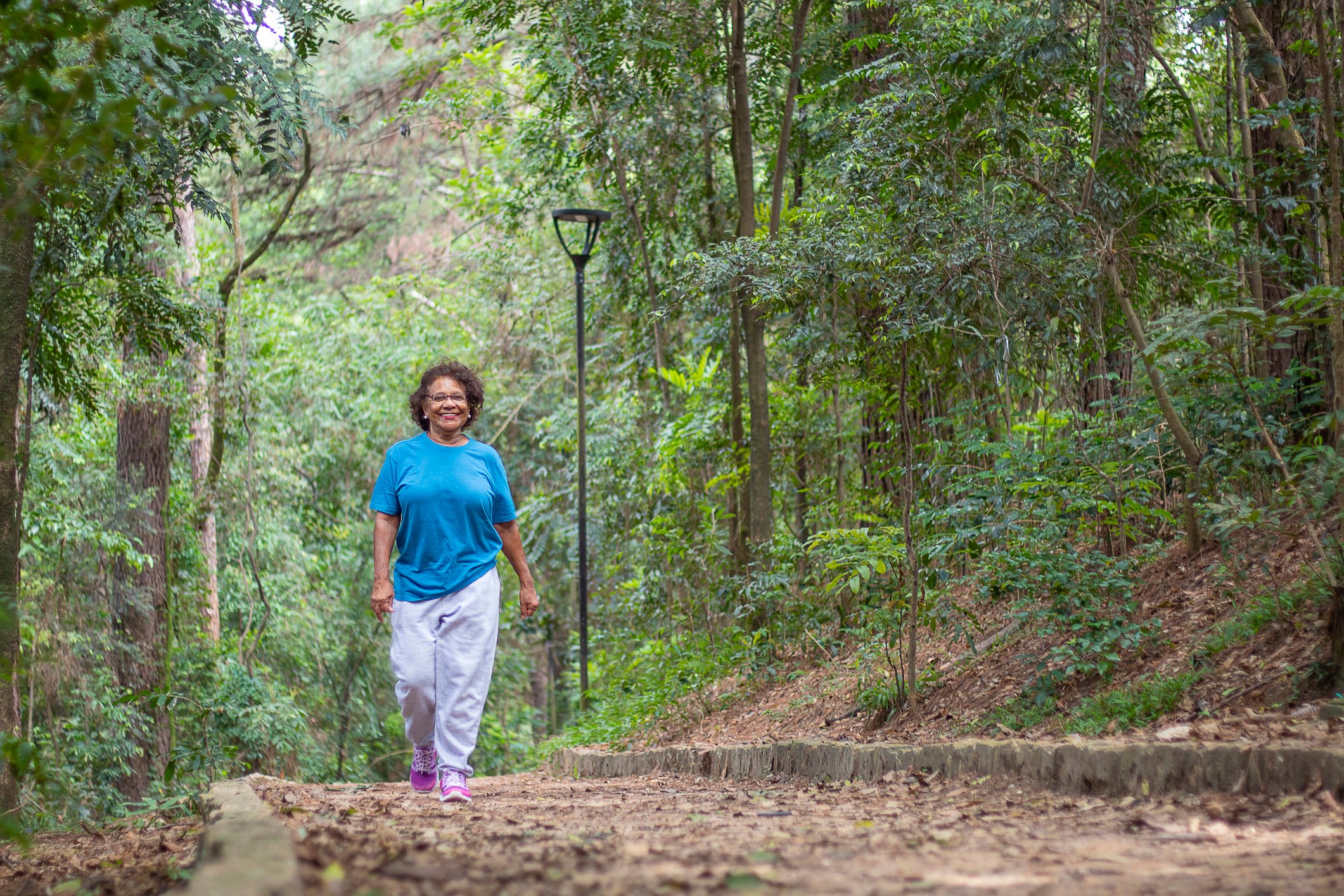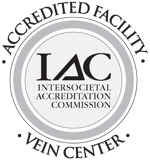As we discussed in Part I in our series on leg pain (aka claudication), there are many sources contributing to the discomfort we feel in our legs. One of the most common causes, however, is poor circulation or Peripheral Artery Disease (PAD). In part II, we’ll discuss the various treatment strategies available from lifestyle modification to surgical procedures.
Patients who are diagnosed with PAD are generally divided into two groups - those with intermittent claudication and those with critical limb ischemia (CLI). Intermittent claudication is defined by leg pain and cramping that occurs with walking and/or exercise and is relieved with rest. CLI is manifested by pain at rest, non-healing wounds, or gangrene. It is the most severe form of lower extremity circulatory problems. Both groups of patients reflect lower extremity atherosclerotic occlusive disease, however there are major differences in treatment options and outcomes after treatment.
Lifestyle Treatment Options
PAD and atherosclerosis are systemic disease processes and therefore initial treatment begins with lifestyle management and risk factor modification. This is especially important in patients who may be diagnosed with asymptomatic PAD, as early management and treatment may limit the progression of atherosclerotic disease.
Eliminate Tobacco
Smoking cessation has been shown to reduce the progression of lower extremity symptoms from PAD as well as any progression from claudication to the severe forms of CLI. Even more importantly, smoking cessation has been associated with reducing overall risk of fatal heart attacks and death. It has also been shown to increase overall well-being!
Diabetic/Blood Pressure/Cholesterol Management
The management of medical conditions such as diabetes, high blood pressure, and high cholesterol are mainstays of first-line treatment options for PAD. For diabetic patients, compliance with medications and maintaining a hemoglobin A1c of less than 7% is the current standard goal of therapy. Current guidelines recommend a blood pressure of less than 140/90 in high-risk groups that include patients with PAD. Total cholesterol levels should be maintained at less than 200 mg/dL with LDL cholesterol levels ("bad" cholesterol) less than 100 mg/dL.
Useful Medications
In addition to medications that help treat diabetes, other medications such as aspirin and statins, have been proven to be vital in the non-surgical management of PAD. Regularly scheduled follow-up appointments with your primary care physician are essential to help oversee the treatment of these conditions.
Exercise Regimens
Along with medical management, a dedicated and structured exercise-walking regimen has shown benefits in treating PAD patients, especially those who experience intermittent claudication. Beyond the improvement in symptoms, an aerobic exercise regimen reduces overall cardiovascular risk by lowering cholesterol and blood pressure as well as improving blood sugar control.
According to the Vascular Disease Foundation, walking can make a real difference for people with peripheral artery disease. A structured walking program is one of the best treatments for reducing leg pain or cramps when walking. In fact, studies show that over time a structured walking program is often more effective and can work better than medicine or surgery in helping people with PAD walk longer and further without having to stop due to pain.
To start an effective walking program, consult with your doctor to ensure there are no risks to be concerned with. If you are cleared to go, then start the program either on a flat surface (an athletic track or indoor mall) or on a treadmill. Wear shoes that feel good on your feet and are not too tight or too loose.
Use the following routine to make an effective walking program:
Warm-up: Walk slowly for two or three minutes to loosen up your legs. Do some easy stretching. Stretch your calf and thigh muscles in each leg for 10 to 15 seconds.
Start Walking: Walk at a pace that will produce a mild or moderate amount of pain within 3 to 5 minutes. The pain may feel like a "Charlie horse," a cramp or tightness in your calf or thigh. On a scale of 1 to 5, you would rate mild pain a 3 and moderate pain a 4.
Stop and Rest: When you reach a pain level of 3 or 4, stop and rest until the pain goes away.
Continue Walking: After the pain is gone, repeat the walk and rest steps several times. Although it may hurt, you need to walk fast enough to feel mild to moderate pain in your legs. If you don’t feel pain, you may not be working hard enough to get the rewards of the program. During the first two months of your walking program, build up slowly to walking a total of 35 minutes each session, not counting the rest breaks. Add a few minutes each week as you improve. Over time, try to add 5 minutes to your sessions each week to reach the goal of 50 minutes of total walking time.
Cool Down: Finish each walking session by walking slowly again for the last 5 minutes. Take a few minutes to stretch your calf and thigh muscles once more.
Stick to It: Once you have achieved your goal of 50 minutes of walking time at least 3 to 5 times a week, stay with your program. As walking becomes easier and you can go farther without pain, challenge yourself to work harder. Try walking up hills or stairs as part of your walking session. Or add an incline to your treadmill routine.
Surgical Treatment Options
When symptoms of PAD persist or worsen despite smoking cessation, compliance with medical management, and following a dedicated walking regimen, surgical intervention may become part of the treatment plan. Discussion with a vascular surgeon, who may perform further tests and imaging, is imperative when deciding which intervention is best.
Options may consist of minimally-invasive procedures called angioplasty where small balloons and stents are used to help open areas of narrowed or blocked arteries.
In the procedure a thin, flexible tube called a catheter is inserted through an artery and guided to the place where the artery is narrowed. When the tube reaches the narrowed artery, a small balloon at the end of the tube inflates for a short time. The pressure from the inflated balloon presses the fat and calcium (plaque) against the wall of the artery to improve blood flow. Depending on the success of the balloon inflation, a metal mesh tube – stent – can be placed in the vessel to hold it open.
After the procedure, pressure will be applied to the area where the catheter was put into the blood vessel. Then the area may be covered with a bandage or a compression device to prevent bleeding. The patient will need to lie still and keep their leg straight for a few hours.
How well angioplasty works depends on the size and length of the blood vessel affected, and whether the blood vessel is completely blocked.
If the area of blocked circulation is not amenable to minimally-invasive intervention, angiograms may still be helpful in allowing the vascular surgeon to visualize the severity of the disease. He or she may then have more detailed knowledge for other surgical options, such as an open-bypass procedure.
The most common solutions for claudication involve lifestyle modification and a walking exercise program, which is highly recommended by The Cardiovascular Care Group. However, evaluation with a board-certified vascular surgeon is essential in the initial diagnosis and management of your leg pain. If you have concerns about your leg health, please contact us today and get back to feeling good on your legs again.









.jpg?width=944&name=Castle-Connolly-Top-Doctors-Emblem-Large%20(4).jpg)